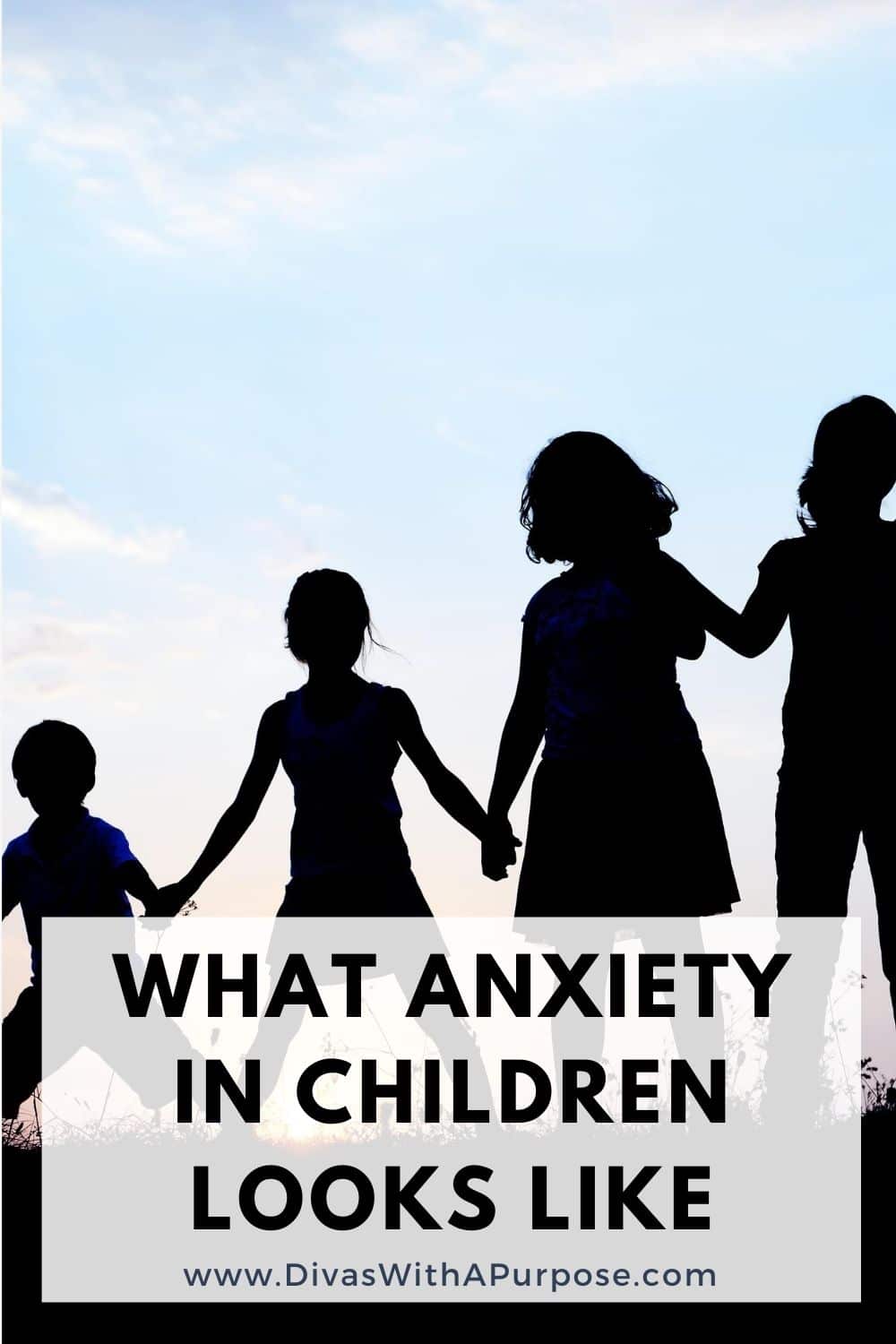What Does Anxiety In Children Look Like?
Do you know what anxiety in children looks like?
Children love to play and be silly, and we hope they have a wild, fun, carefree childhood. Running around, outdoor play, hanging out with friends and goofing around are what all kids should be doing happily. But what if their behavior changes or they don’t act as we might expect them?
Early Symptoms of Anxiety in Children
A child experiencing anxiety will begin to show telltale signs that they are not feeling emotionally strong. Feelings of restlessness, extreme tiredness, irritability or chronic sleep disturbance are often the first signs that something is wrong. These are the classic symptoms of anxiety in children and may last as long as six months.
It is essential that parents and other adults around a child can recognize the symptoms of anxiety. Children need a positive, healthy home where strong self-image and a focus on happiness and well-being are encouraged.
Parents have a big role in helping children to manage their stress at home. It helps to encourage an open atmosphere where children feel able to talk to you without reprimand or recrimination. Given all the possible stressors children may experience, it helps to understand the various child anxiety disorders that kids may suffer from.

Types of Anxiety
Like adults, children can experience different levels and types of anxiety. Occasional feelings of fear or worry are natural as children grow, whether it is a new teacher at school, an upcoming test, or a life change such as moving house or a friend moving away. But if the feelings of distress are overwhelming or they go on for too long, the cause may be a more overwhelming feeling of anxiety.
There are a number of child anxiety disorders such as Separation Anxiety (not just for little kids), Panic Attacks and Generalized Anxiety Disorders (GAD). GAD is characterized by an overwhelming fear or worry about an event in the past, present or future. A traumatic experience such as physical or verbal abuse; problems at school; or a serious life event that has left the child with emotional scars can lead to Generalized Anxiety Disorders.
Anxiety can show up in different ways for different reasons in children.
Panic disorders are characterized by panic attacks and chronic worry that can cause further panic attacks, or worse, harm. The child may have an intense feeling of fear, feel tense and worried, and even have ongoing fearful thoughts every day.
This may also manifest physically with symptoms such as an elevated heart rate and/ or chest pain, or milder symptoms such as sweating, choking and dizziness. These symptoms will usually intensify quickly during an attack, but not be present all the time.
The most well known form of anxiety in children is separation anxiety. It is common in children starting kindergarten, nursery or school for the first time. Separation anxiety is characterized by an overwhelming fear and worry about being separated from someone close to them.
In this case, children will often exhibit classic anxiety symptoms such as nausea, stomach pain, vomiting or headaches. Nightmares can also occur. Reassurance and time to reconnect when together are ways to help alleviate separation anxiety.
It is possible to spot the signs of anxiety early and to intervene to protect your child’s health and happiness
Anxiety in children is a difficult topic, as we dearly want our kids to be happy and carefree. But with conscientious observation by the parent or adult guardian it is possible to spot the signs of anxiety early and to intervene to protect their health and happiness.
It is advisable to contact your pediatrician or therapist for advice if symptoms persist or you are overly worried.

Michelle D. Garrett is the founder of Divas With A Purpose. She focuses on sharing resources for being purposely productive; setting personal and professional goals and achieving them through daily action; and successfully running a business while focusing on your mental health. Michelle is a full-time entrepreneur who specializes in teaching female entrepreneurs how to show up consistently in their business – online and off.
If you enjoyed this article, you will also enjoy reading:
